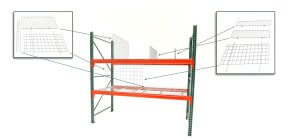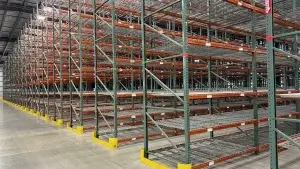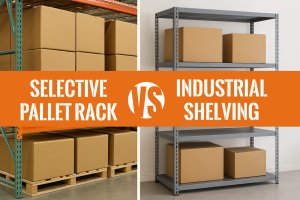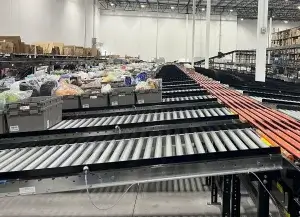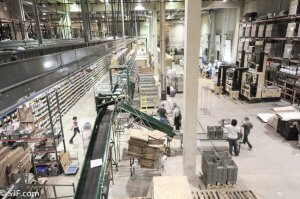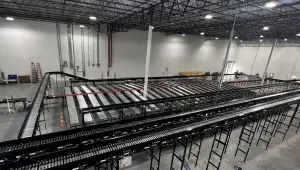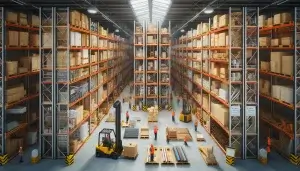Story Highlights Wire deck dividers are commonly used for two purposes: Creating a defined space ensures that...
Material Handling
General material handling information and posts about material handling systems and products.
Story highlights: Efficient use of warehouse space is critical for optimizing operations, reducing costs, and improving workflow....
Story Highlights: When designing a warehouse or storage facility, choosing the right system is critical for maximizing...
Story Highlights: Gravity Conveyor Series: Part 1: Effortless Efficiency: The Role of Gravity Conveyors in the Modern...
Story Highlights: Gravity Conveyor Series: Part 1: Effortless Efficiency: The Role of Gravity Conveyors in the Modern...
Story Highlights: Gravity Conveyor Series Part 1 (current): Effortless Efficiency: The Role of Gravity Conveyors in the...
Story Highlights: In the world of warehouse management, pallet racking plays a pivotal role. It’s the backbone...
Today’s post is courtesy of John Hamlin Artificial Intelligence – The capacity of robots to mimic or...

